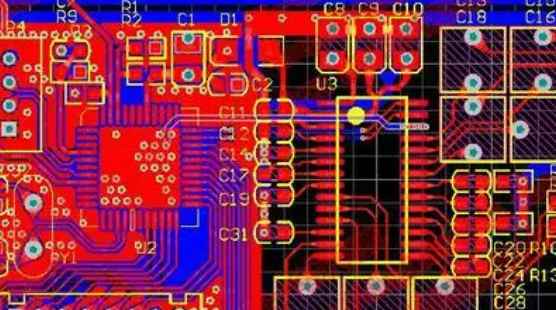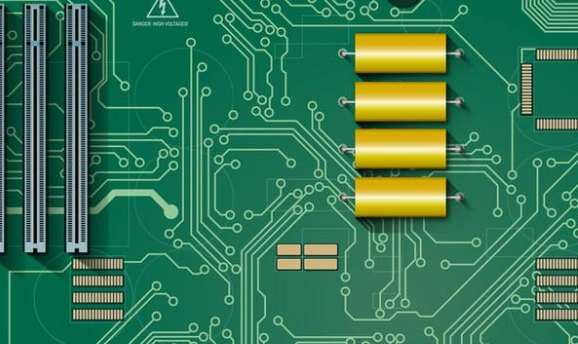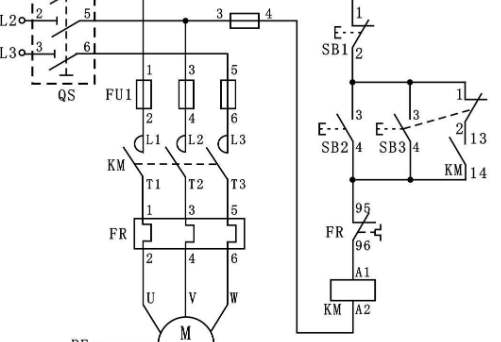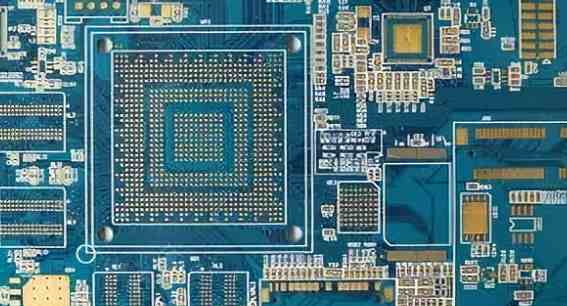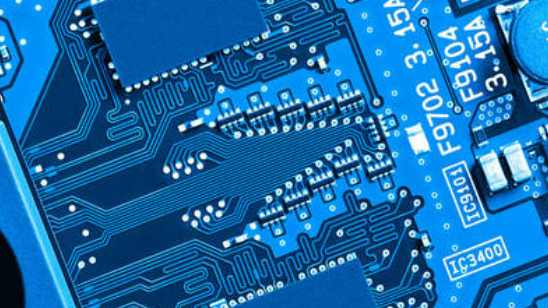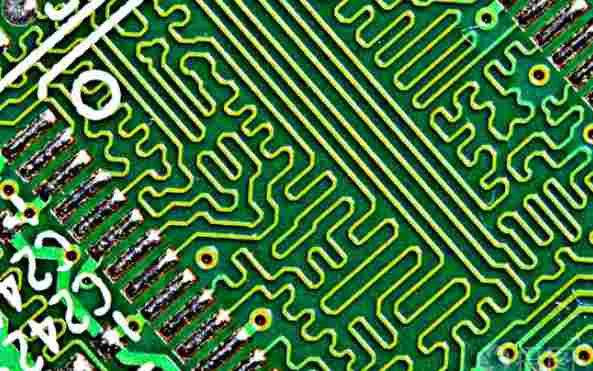
Government specifications generally require these unlicensed band devices to operate only in bursty mode and must operate within certain power limits. The correct detection, measurement and analysis of "burst" mode wireless signal is a very meaningful work for SI design.
pcb frequency measurement
Frequency measurement is generally completed by the scanning spectrum analyzer, which scans out the amplitude of each frequency point signal under a certain resolution bandwidth (RBW) and saves it, so as to display the information that the amplitude changes with the whole frequency band. RBW is an important consideration for a scanning spectrum analyzer to provide excellent dynamic range and high accuracy of the static spectrum components of the signal. However, the main disadvantage of the scanning spectrum analyzer is that it only tests the amplitude of one frequency point of the signal at one point in time.
This is a disadvantage because RF signals for current new wireless applications have complex time-domain properties. The latest RF signals, particularly out of open use Industrial, Scientific and Medical (ISM) bands, often use spread spectrum communications technology such as Bluetooth and WiFi for intermittent or bursty signals. Such a short duration of wireless signals compared to the past wireless signals in the frequency domain changes more noticeable. Therefore, in view of the traditional scanning spectrum analyzer in digital modulation analysis and work capability, using this instrument to test today's wireless signal is too difficult. Even vector signal analysers (VSA) for specific digital modulation applications have limitations in analyzing specific signals modulated at frequency over a period of time.
Spectrum detection today often involves detecting fundamental events at random times and with uncorrelated noise. In short, these include instantaneous, predictable and unpredictable frequency shifts, complex modulation graphs, and now a variety of RF and wireless communication standards and applications. Common examples are RFID and spread spectrum communications, which occur in very short bursts or bursts. Although common scanning spectrum analyzers and vector analyzers have options for measuring these wireless communication methods, in this section we aim to use real-time spectrum analyzer (RTSA) for measurement. We're talking about RTSA because today's infinite applications have leaned toward instantaneous signals. SI engineers now need to trigger and capture signals of interest in both the time and frequency domains.
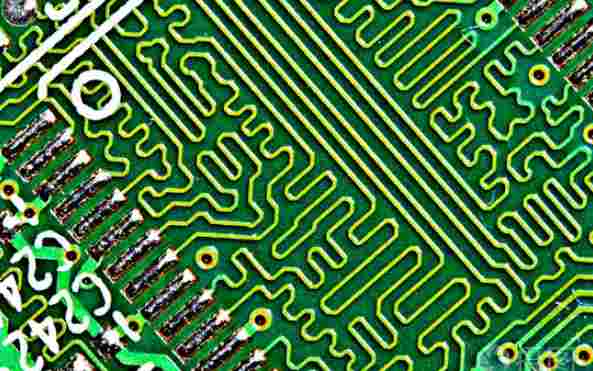
SI engineers often need to capture a continuous stream of signals, including instantaneous and frequency drifts, and they need to get the signal's frequency, amplitude, and modulation changes. In addition, all this work often takes a long time to complete. For example, an SI engineer using a scanning spectrum analyzer to detect the transient events of a modern RF system would have to wait a long time. Even then he would have been limited, or he might have missed an unexpected measurement.
The idea behind testing new RF applications is how these wireless signals change in the time domain. This feature, combined with the factors discussed in the past, calls for new testing solutions. As a result, SI engineers and designers are increasingly using real-time spectrum analyzers. Although RTSA is not new and is similar in concept to VSA, RTSA's application to SI engineering is critical. Therefore, SI engineers today need to consider traditional frequency domain information and RTSA. In addition, although the trend is that SI engineers are beginning to recognize the importance of RTSA for the underlying RF signal characteristics in both the time and frequency domains, this chapter discusses the reasons for the interest in RTSA.
The traditional architecture of scanning, superheterodyne spectrum analysers allowed engineers to measure the frequency domain for the first time decades ago. The scanning spectrum analyzer (SA) used pure simulator components early and achieved rapid success. The current generation of scanning spectrum analyzers uses high-performance digital infrastructures, including ADCs, digital signal processors (DSPS), and microcontrollers. However, the basis of the scanning principle is the same, and the instrument retains its position as the fundamental RF signal measurement tool. The outstanding advantage of the new generation of SA is that it has excellent dynamic range, so it can capture and detect a wide range of RF signals.
The power - frequency measurement can be realized by down-converting the frequency point required by the signal and scanning in the bandwidth range by RBW filter. The RBW filter is followed by a detector to calculate the amplitude of each frequency point in the passband,


